In fact, the application of digital technology in pond management has been implemented by a number of businesses and farm owners to help optimize some stages in the shrimp farming process and consumption. Thereby, it helps save time, limit risks, increase the rate of successful and effective shrimp farming through each crop. Although not much and not really synchronous, the application of digital technology in shrimp farming has also been of interest to businesses and shrimp farmers. One of the pioneers in bringing digital technology into shrimp farming quite synchronously is Dr. Nguyen Thanh My (Dr. My), founder of Salicornia Ngon Bien Company in Duyen Hai district, Tra Vinh province.
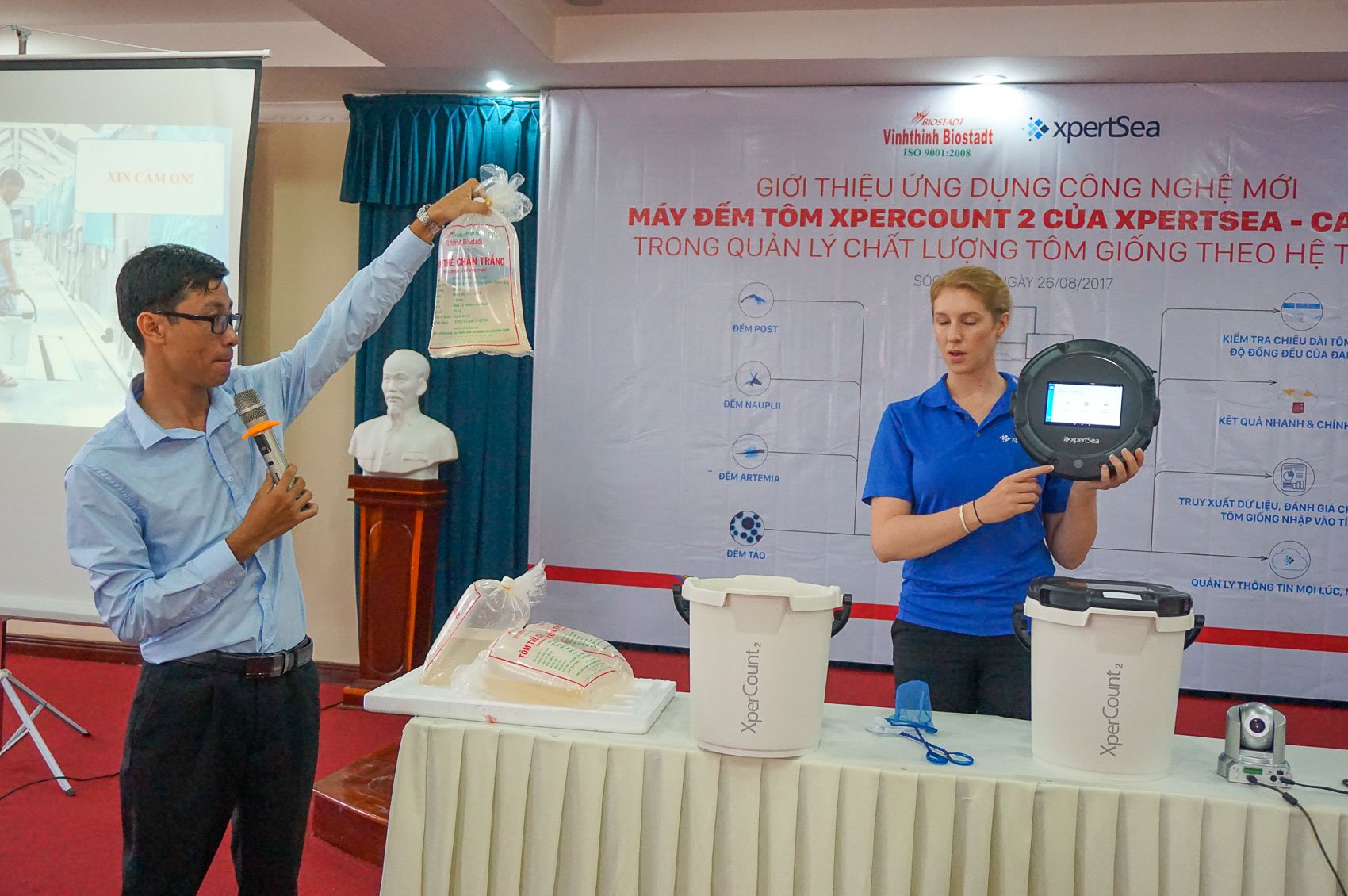 |
| Shrimp counter, one of the digital technology devices applied quite early in shrimp farming. Photo: TICH CHU |
According to Dr. My, in digital transformation there are 3 steps: data digitization, process digitization (process automation) and digital transformation. The purpose is to collect big, smart data to help create new values. However, to help farmers have more options to reduce costs, he proposed a solution with 3 levels: manual, semi-automatic and automatic. He illustrated: "For example, using a smartphone (with a specialized application installed - NV) to take a picture of a shrimp, the system will give out parameters about the growth rate, about diseases in shrimp..." Currently, in addition to Tra Vinh province, Dr. My's model is also being tested in Ben Tre, Soc Trang, Bac Lieu .
With this model, farmers only need to install the Rynan Mekong application in the App Store on their smartphones to be able to remotely control, update the shrimp situation, monitor water via the phone screen... In particular, with the smart shrimp feeder (model AIF 100) with an artificial intelligence algorithm combination mode, it will combine with monitoring stations, environmental indicator measuring devices, shrimp indicator measuring devices, to produce the amount of food per day, helping to save up to 20% of food.
Another pioneer in applying digitalization to shrimp farming is Otanics Technology Joint Stock Company - a member of Minh Phu Seafood Corporation. Otanics currently owns the Tomota system - an application of artificial intelligence and the Internet of Things to monitor shrimp pond operations. With the above system, with just a few swipes and touches on the Tomota application, managers will immediately receive information about shrimp weight, size, growth rate, forecast pond profits, draw a graph of the expected output model of the pond, monitor the direct energy of the aeration and automatic feeding system, forecast income and costs as well as collect harvest data...
For example, Tomota S3 technology. In just 10 seconds, this device can count, size, measure the size and weight of up to 4,000 shrimp with an accuracy of up to 95%. Or Tomota A3 (image processing technology), can analyze and evaluate 4 important parameters: pH, alkalinity, TAN and nitrite through images of farmed shrimp taken with a smartphone. Based on data on these parameters, reliable and accurate information helps to effectively monitor stocking density; optimize water quality management measures, prevent adverse impacts on shrimp health and maintain an ideal water environment for healthy shrimp growth.
The effectiveness of digital technology advances when applied to shrimp farming is indisputable, but to make these advances widely applied in shrimp farming is not a simple matter. The reason is that there are still limitations and shortcomings, from the large scale of small-scale farming areas; the high investment costs, while shrimp farmers are lacking capital; the level and ability to apply technology... Not to mention, even large-scale farms in the province, the synchronous application of digital technology to farms has not been able to be implemented due to the lack of data platforms and input information. In addition, the cost of these devices is very high, as well as their poor durability due to the complex pond water environment. Therefore, daily environmental monitoring at the farm is only done semi-manually.
Large farms are difficult, small and medium-sized shrimp farms are even more difficult, because the scale often comes with difficulties in capital and the ability to use technology proficiently. This is also the biggest barrier in applying digital technology to shrimp farming and only the path of real production cooperation can resolve it. Therefore, the application of digital technology to shrimp farming is currently only at the popular level of semi-manual, even for large-scale shrimp farms.
According to Mr. Ho Quoc Luc - Chairman of the Board of Directors of Sao Ta Food Joint Stock Company, for a decade, customers in Europe have requested to install cameras and sensors to monitor developments in the pond. Basic indicators of water quality are displayed on the smartphone screen. The camera can even monitor to recognize whether the shrimp are healthy or stressed, eating a lot or a little. However, to give accurate results, there must be complete data and input information. Currently, the data platform of the shrimp farming industry is still not enough. "However, we are very interested in this issue and have recently cooperated with Dr. My in Tra Vinh on environmental measuring devices, but it is still under review and has not been applied yet. We will continue to research and certainly have to follow this trend, but it must be step by step suitable to actual conditions," Mr. Luc shared.
ACCUMULATE
Source: https://baosoctrang.org.vn/kinh-te/202505/xu-the-so-hoa-f12506a/



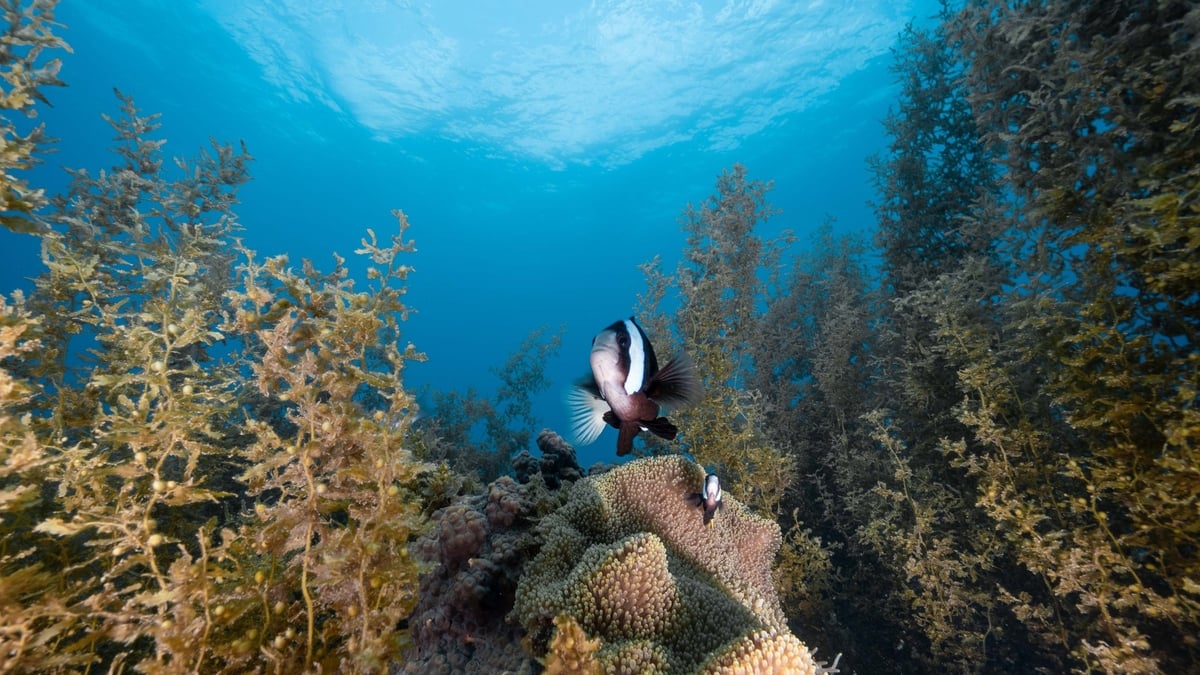
![[Photo] Prime Minister Pham Minh Chinh receives leaders of Excelerate Energy Group](https://vphoto.vietnam.vn/thumb/1200x675/vietnam/resource/IMAGE/2025/5/29/c1fbe073230443d0a5aae0bc264d07fe)
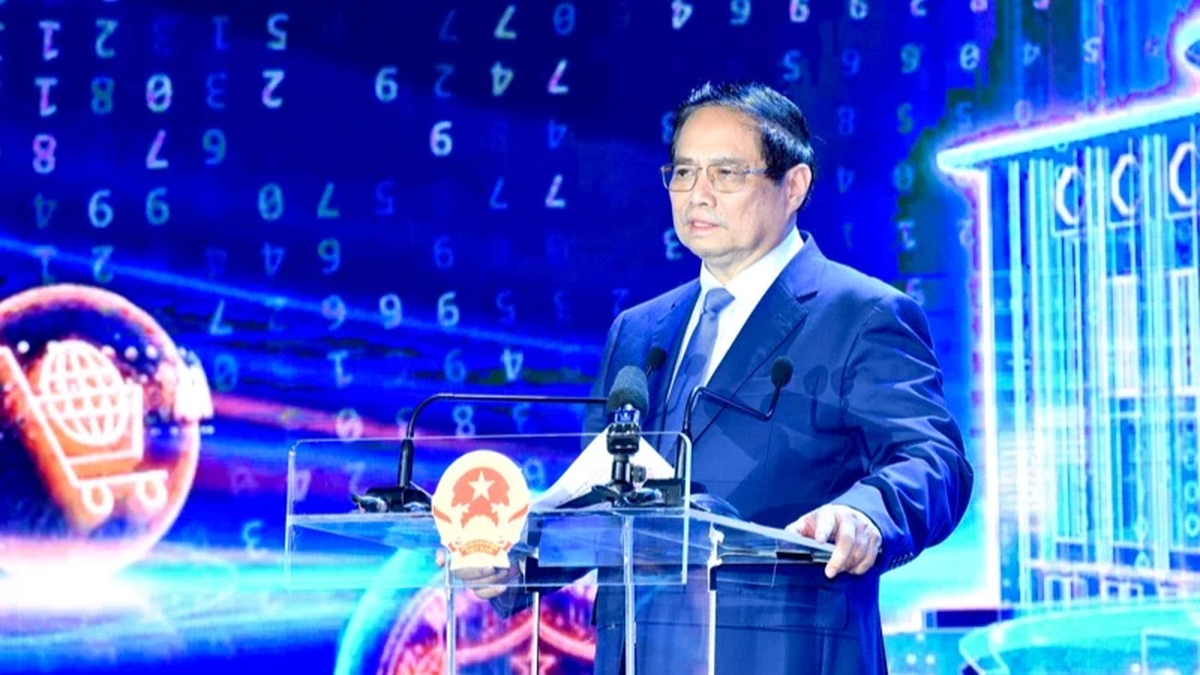
![[Photo] Prime Minister Pham Minh Chinh attends the event "Digital transformation of the banking industry by 2025"](https://vphoto.vietnam.vn/thumb/1200x675/vietnam/resource/IMAGE/2025/5/29/0e34cc7261d74e26b7f87cadff763eae)

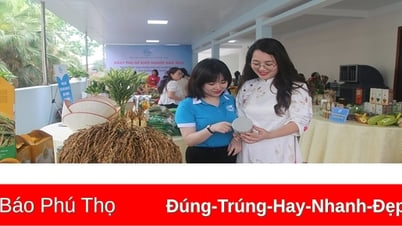



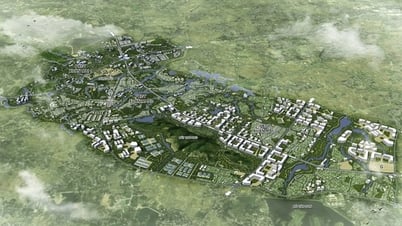



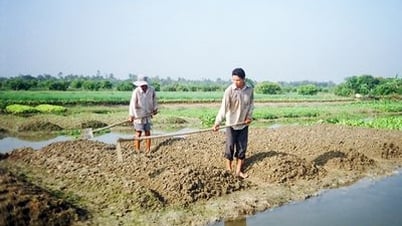

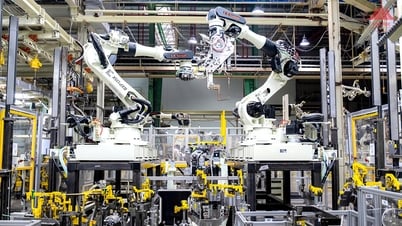





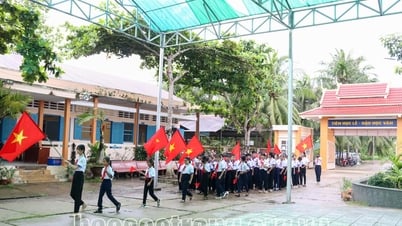
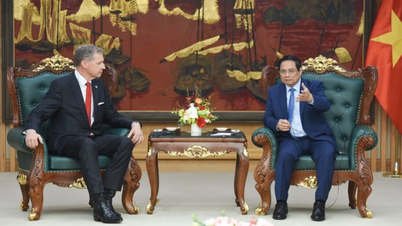
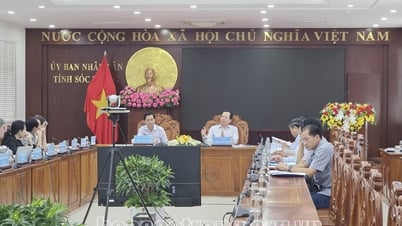
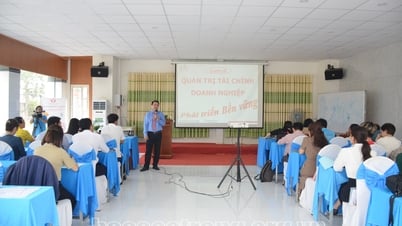
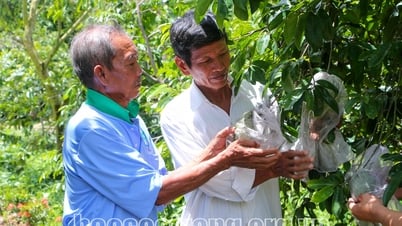
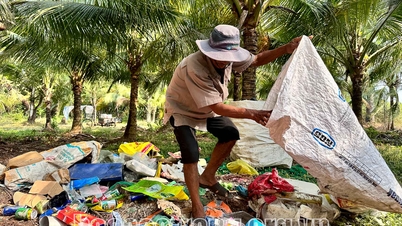
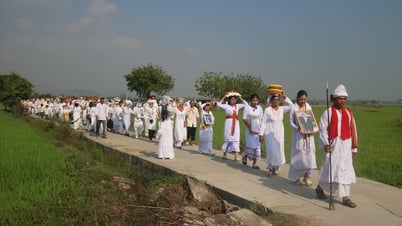

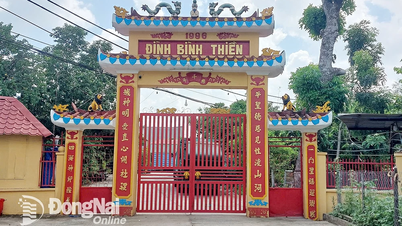

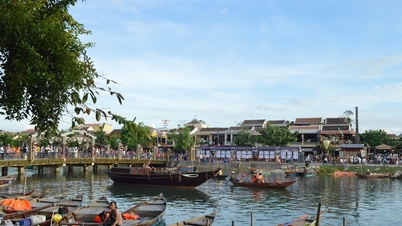

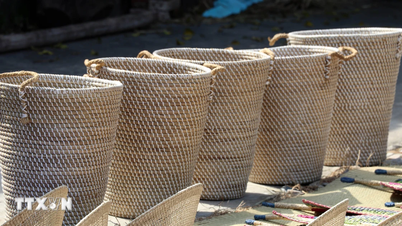

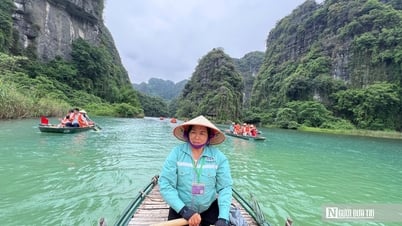








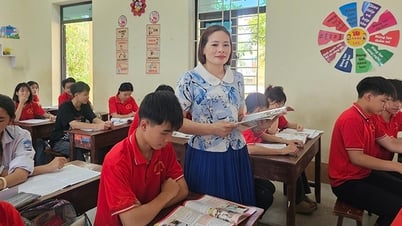



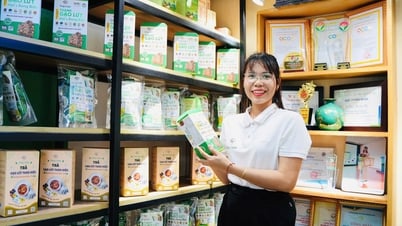
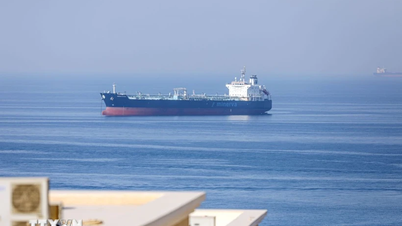



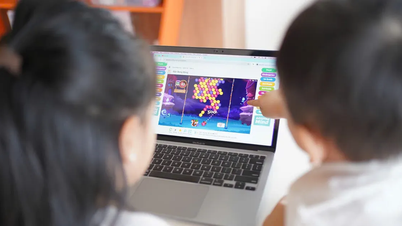

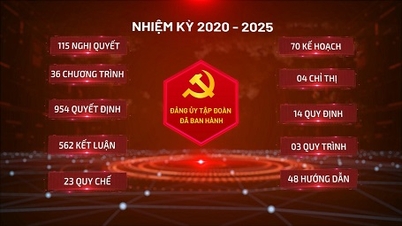
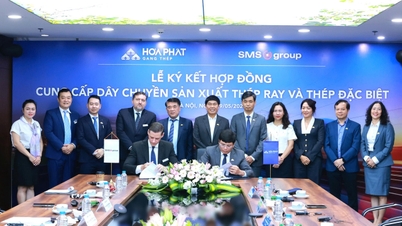
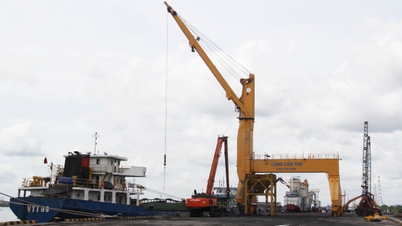
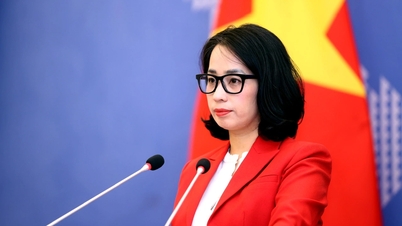



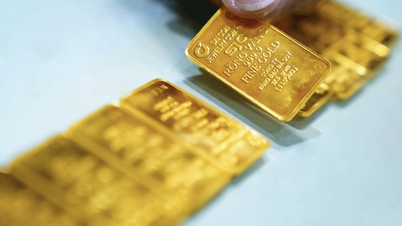


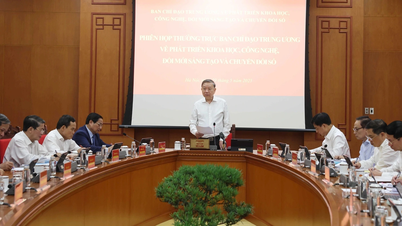
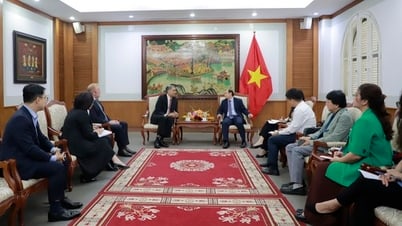
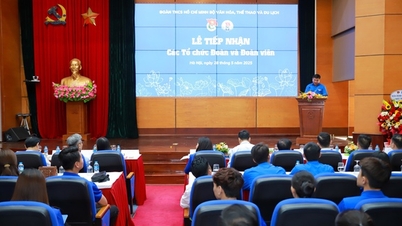

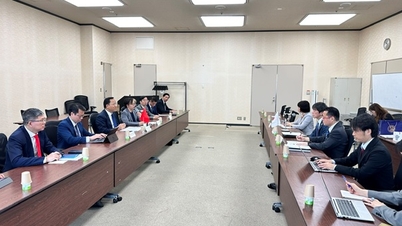

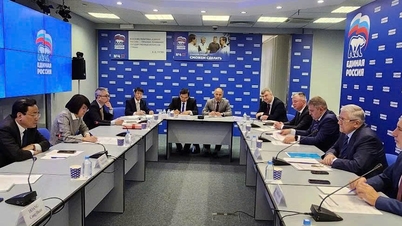

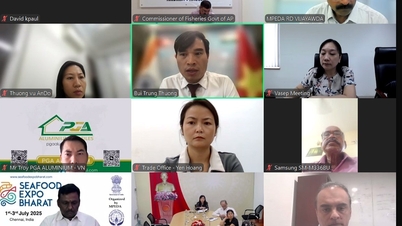


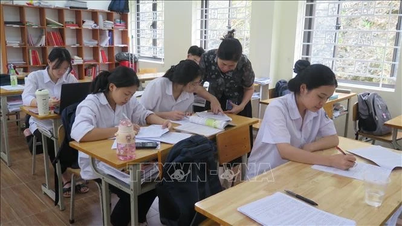

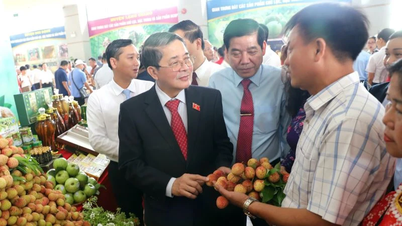

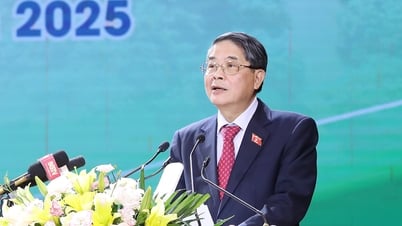

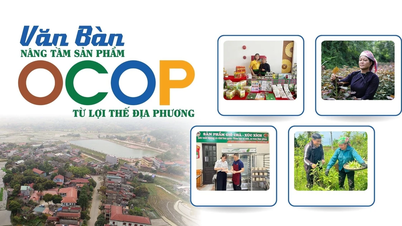
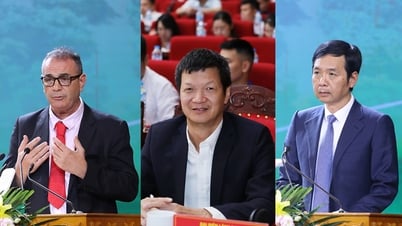
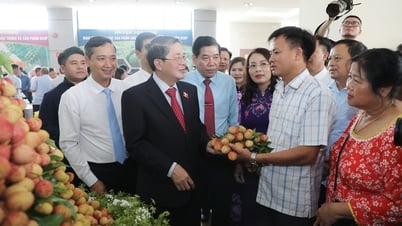
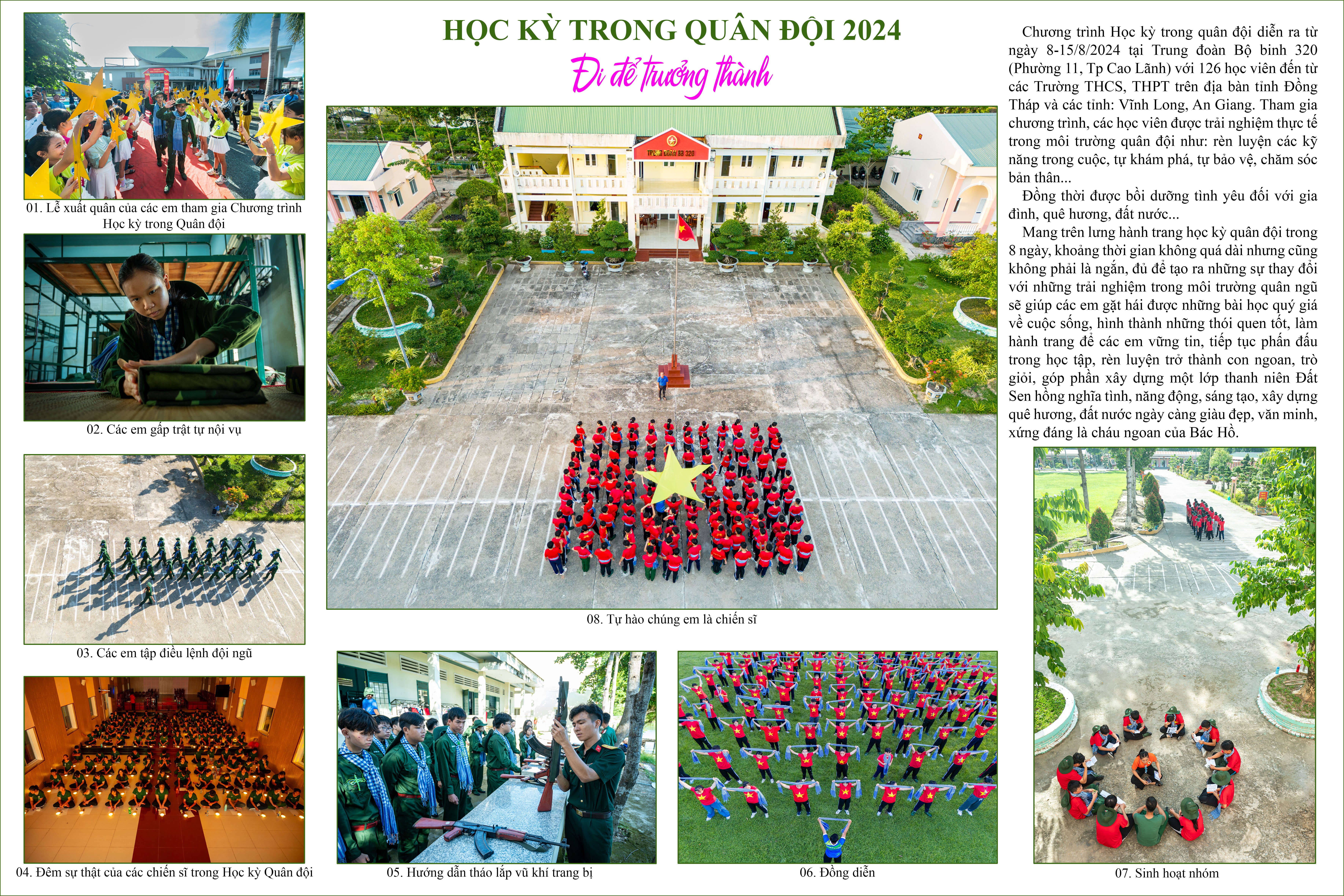



Comment (0)